
Table of Contents
Debunking the Myth of Acoustically Transparent Cloth
There is no such thing as acoustically transparent cloth. This is a marketing term used to exploit the ignorance of the consumer. The term acoustically transparent cloth defies common sense of which there is little left in our society to begin with. How can a piece of fabric be acoustically transparent?
The search term acoustically transparent cloth implies that sound can get through the fabric without any impact on the sound quality or quantity. How can this be? Have you ever removed the speaker grill covers and listened to the sound quality with and without the “acoustically transparent” grill covers? It is night and day in sound quality especially with higher frequencies.
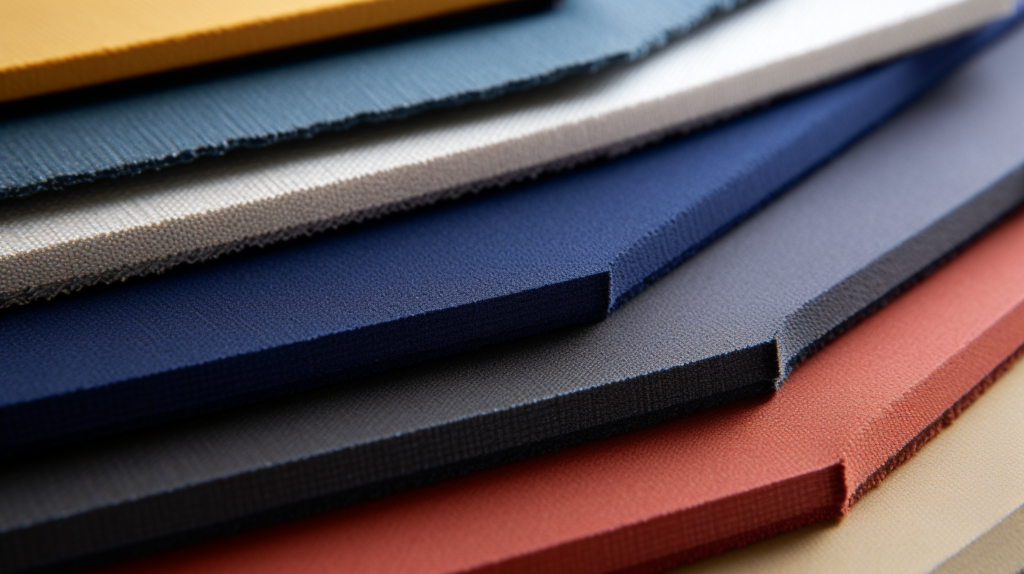
Air Permeability and Its Impact on Sound Energy
The process we are referring to when we search for acoustically transparent cloth is a process known as air permeability. The process refers to how much air flow can get through a fabric type and reach your ears without the cloth or fabric attenuating any of the sound energy. All fabric types restrict sound in some manner since air must flow through the fabric.
When the air flows through the fabric, it creates friction as it moves across the fabric. Friction then turns into heat and heat is an energy transformation. When energy is altered, it loses some of its original properties through this process of absorption. Attenuation with fabrics occurs mostly in the higher frequencies which are shorter in length and can be impacted at a greater degree than lower frequencies.
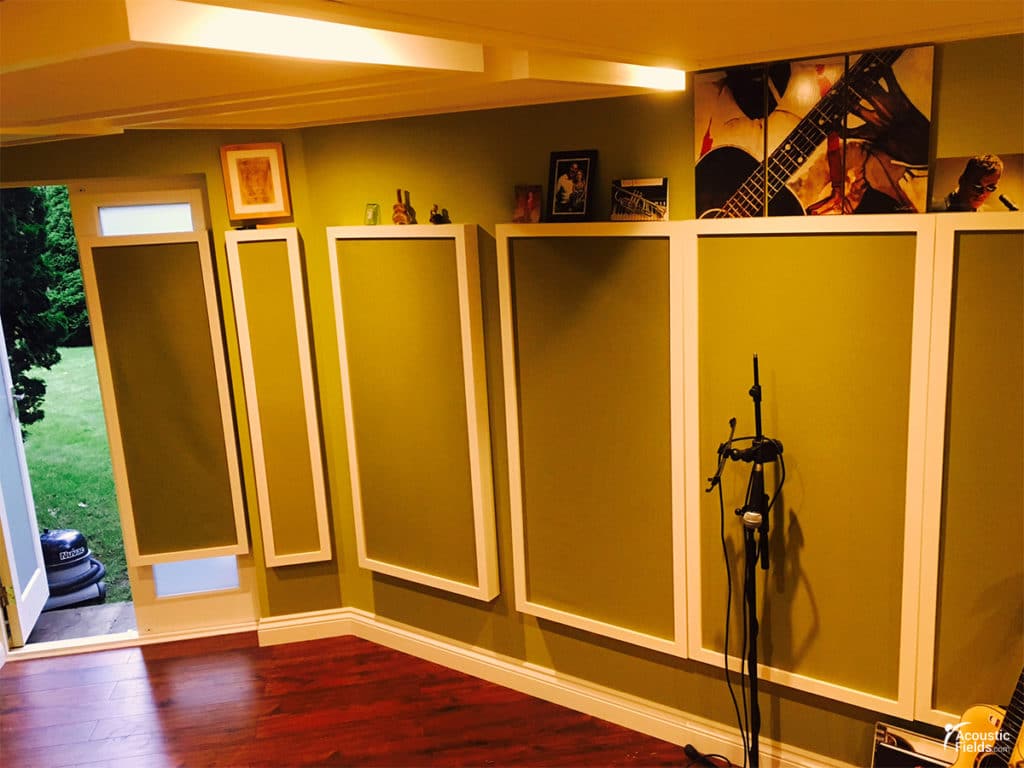
Understanding Wave and Ray Energy in Sound
Sound energy comes in two main forms. We have lower frequency wave energy along with middle and high frequency ray energy. When you see the term wave energy, think ocean wave. Waves of energy oscillate through our rooms just like ocean waves. Waves of energy represent those frequencies that lie below 100 hz.
Rays of energy are middle and higher frequency energies that represent all energies above 100 hz. They are shorter in length and do not oscillate like wave energy. They are straight line energies. When you think of ray energies, think sunshine. These are shorter wavelengths that travel in straight lines. Human voice is an example of ray energy. Garbage trucks would be wave energy.
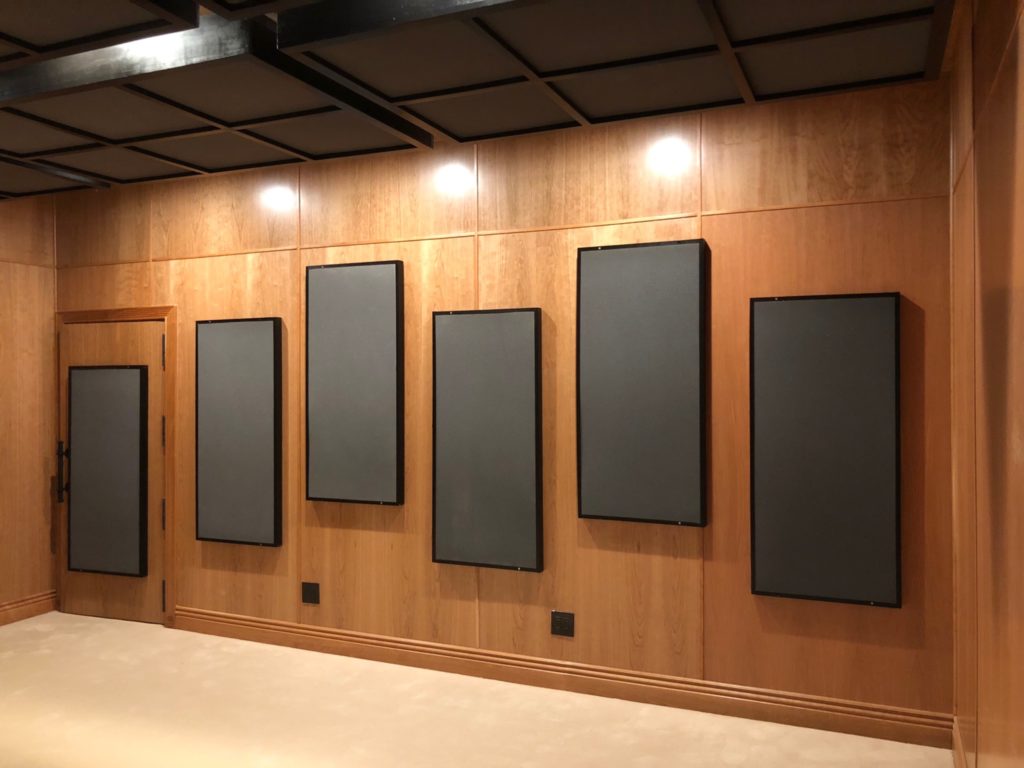
Why Acoustically Transparent Cloth Affects High Frequencies
Acoustically transparent cloth will have no impact on wave energy coming out of a subwoofer. In fact, some subwoofer grills are made of metal. Wave energies are long and tall. A 30 hz. wave will be 38′ long. No cloth will have an impact on this brute force energy. Acoustically transparent cloth will have a direct impact on ray energies since they are shorter and more straight line.
If you must use an acoustically transparent cloth of any type, you must stay with fabrics that have an air permeability rating of at least 96 – 98%. This means that most energy will pass through the cloth and not be impacted. The 2 – 4% will be lost from friction and absorption. This loss will occur mostly in the higher frequency region from 800 – 2000 hz.
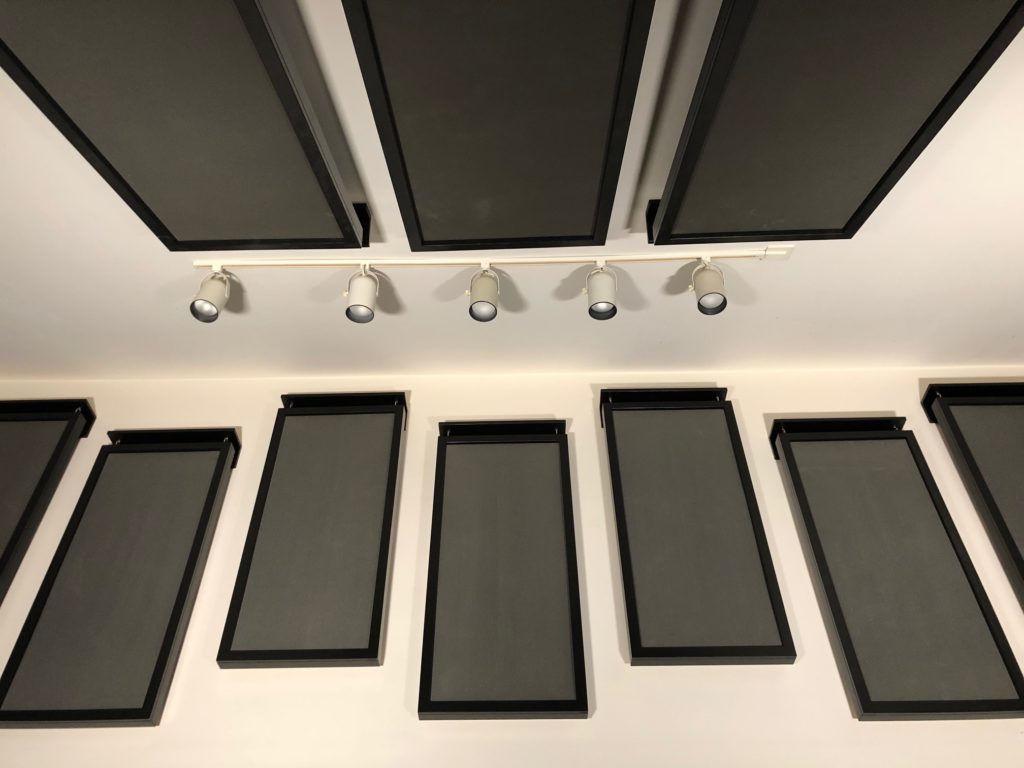
Challenges of Acoustically Transparent Screens and Fabrics
As with most complex subjects such as physics and math, the industry, in an effort to sell products, will simplify the function to a point that it does not have any technical validity. Any fabric type or object placed in front of a sound source such as a speaker will have some impact. Therefore, using words like transparent do not help the communication process. They only confuse the issues. Another good example of this comes from the video world with the term acoustically transparent screens.
These screens ‘magically” allow for you to place your speakers behind them to conceal the sound source from view. We have tested these screens and have found that most will attenuate middle and higher frequencies up to 6 dB in strength. At Acoustic Fields, we can assist you in maneuvering through this mine field of terms and create a design that works for your specific project. Fill out the information in this link to get the process started.
FAQ’s
What is acoustically transparent cloth?
Acoustically transparent cloth is a specialized fabric designed to allow sound waves to pass through with minimal interference or attenuation. It’s commonly used in applications like speaker grills, acoustic panels, and home theater screens to protect equipment without significantly affecting sound quality.
Does acoustically transparent cloth affect sound quality?
While acoustically transparent cloth is engineered to minimize impact on sound, it can still cause slight attenuation, especially at higher frequencies. The degree of impact depends on factors like the fabric’s weave, thickness, and air permeability. High-quality acoustically transparent fabrics aim to preserve the original sound as much as possible.
How does acoustically transparent cloth work?
This type of cloth works by having a porous structure that allows air and sound waves to pass through with minimal resistance. The fabric minimizes friction and absorption, reducing the loss of sound energy. Materials with high air permeability ratings (typically 96-98%) are preferred to ensure most sound frequencies pass through unimpeded.
Can any fabric be used as acoustically transparent cloth?
Not all fabrics are suitable for this purpose. Regular fabrics may significantly dampen or alter sound quality due to their density and weave patterns. Acoustically transparent fabrics are specifically designed with properties that allow sound to pass through easily, so it’s important to choose materials tested for this application.
Are there alternatives to using acoustically transparent cloth?
Alternatives include using perforated metal grills or leaving speakers uncovered. Perforated metals can offer protection with minimal sound interference but may not be aesthetically pleasing in all settings. Leaving speakers uncovered provides the best sound but exposes them to dust and potential damage. Selecting the right solution depends on balancing sound quality, protection, and visual preferences.


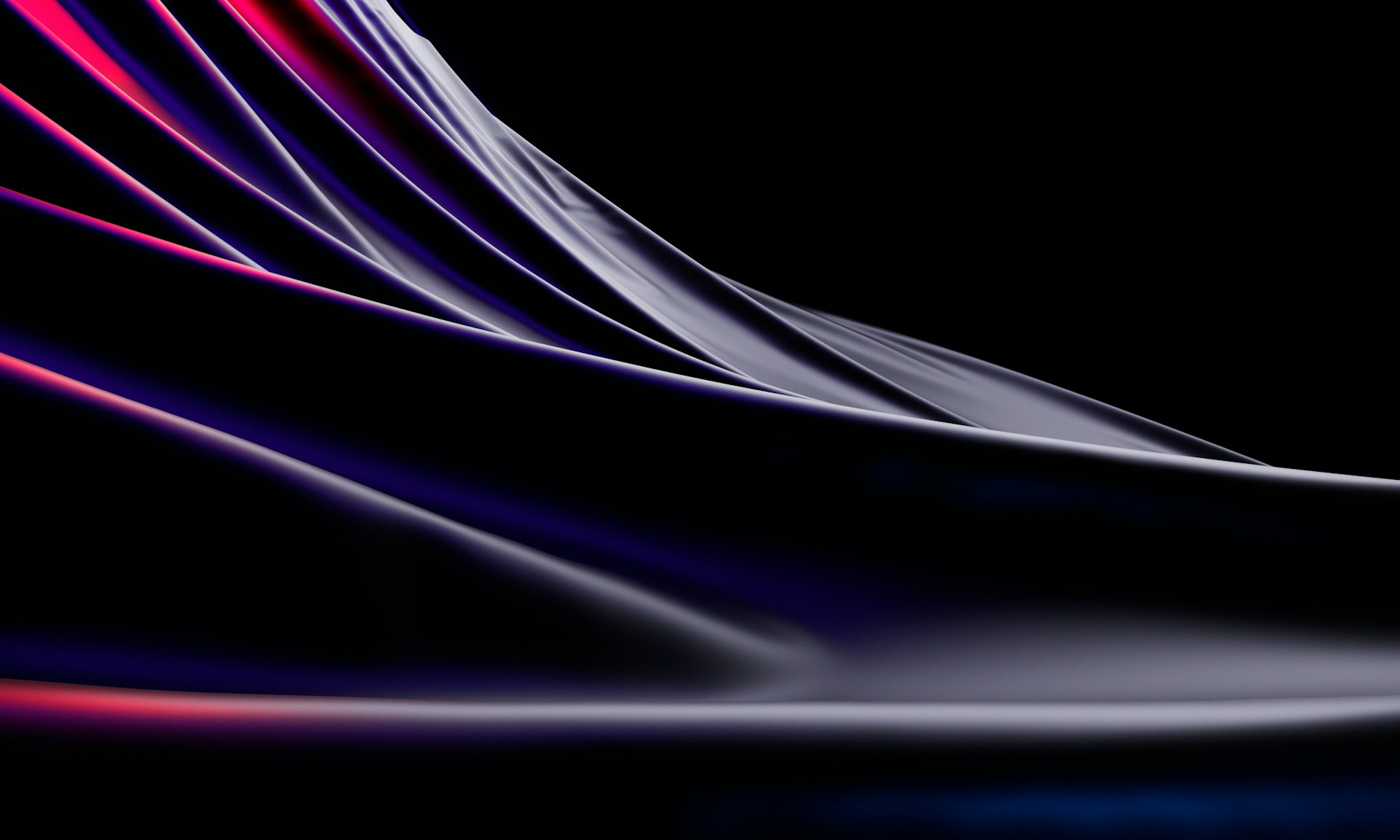




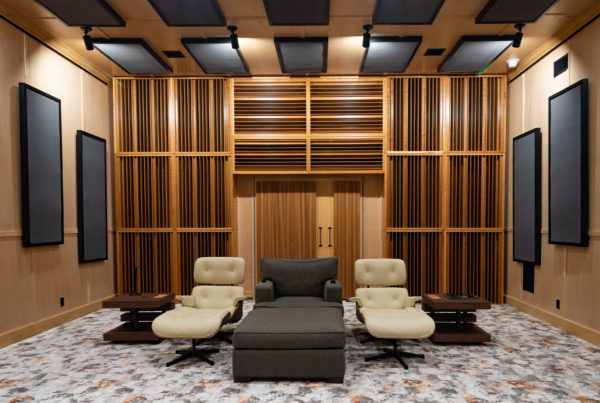
There may be apps that do that. You can definitely find spectrum analyzers that will measure ultra low.
Is there an APP that can measure the ultra low frequency levels?
.Plaster is a viable middle and high frequency absorber. We have used it many times in new builds that have…
Hi Dennis I'm curious what you think of acoustic perforated plaster - say CST Galaxy -on particularly ceilings in music…